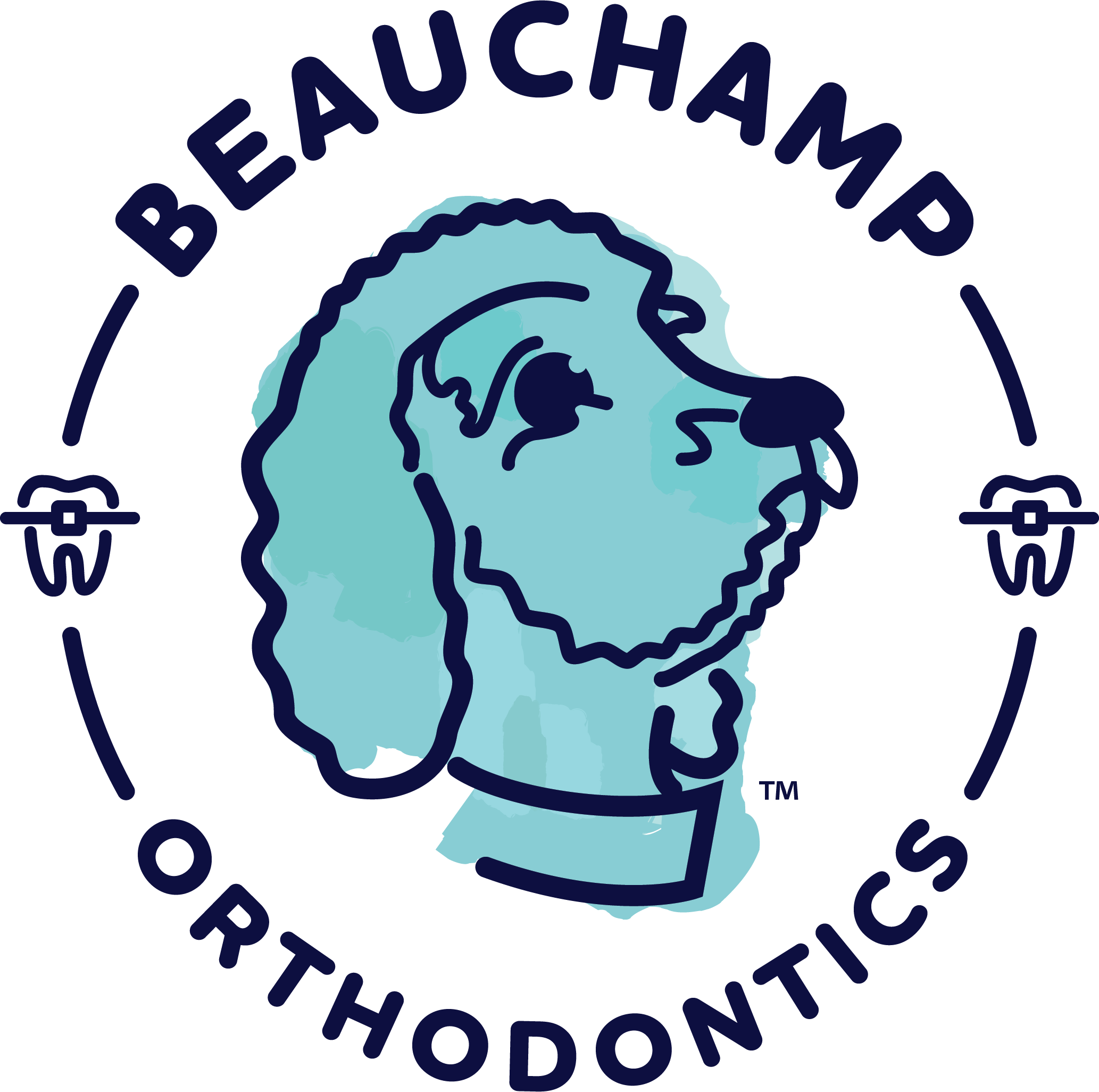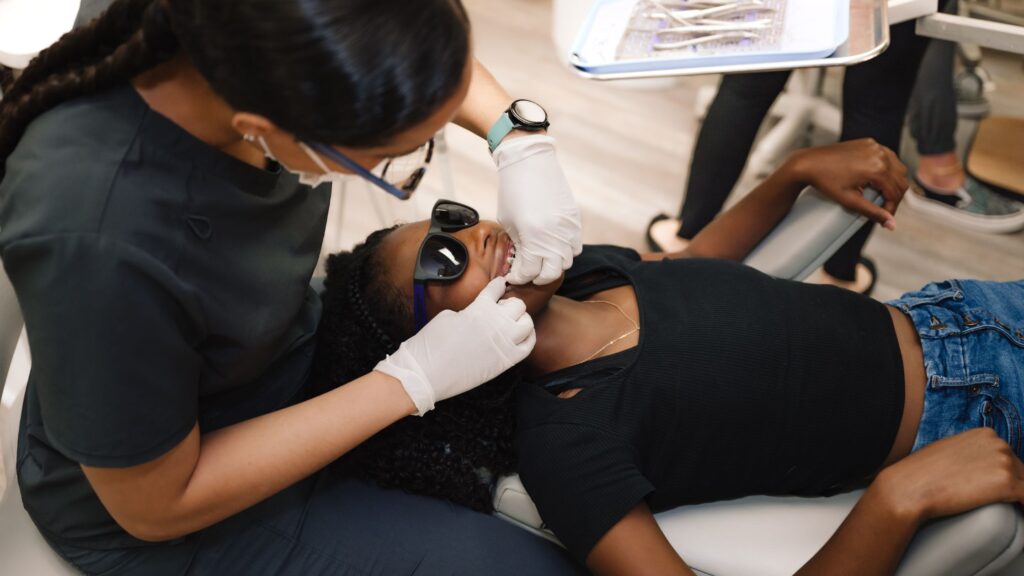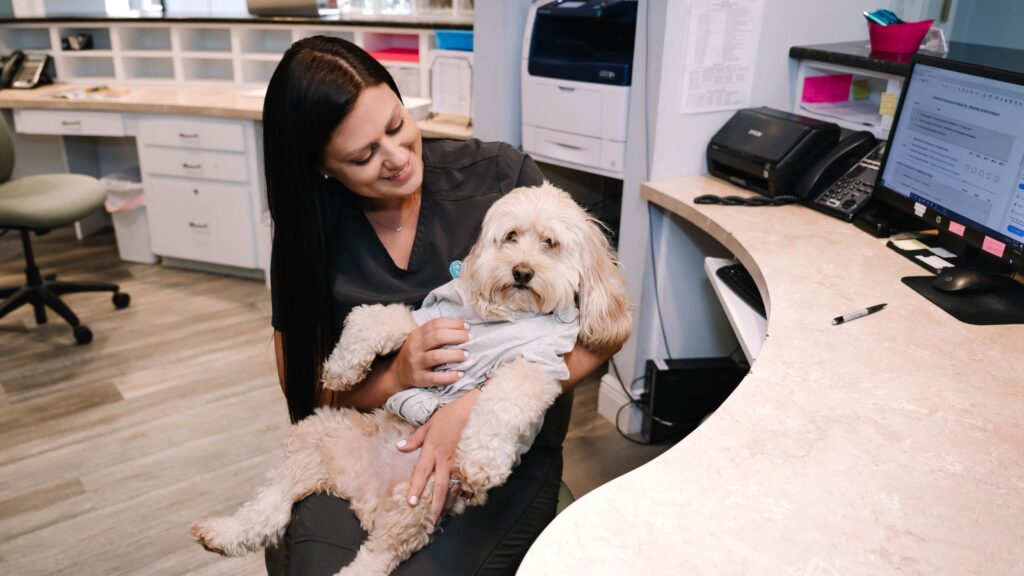Braces are a wonderful solution to most tooth misalignment problems – at any age, not just for children. And there are many types of braces available today and other alternative solutions like acrylic aligners.
But you also have to think beyond braces. How will your life be improved post-braces? Will you have to wear retainers? If so, how will that work? These are some of the questions you should be asking even before having your braces put in.
Read on below to learn more about what to expect after the braces come off!
The Tooth Realignment Process
First of all, before we get into your post-braces life, let us look quickly at your tooth realignment options. There are three major possibilities:
- You will use metal braces or a similar device that includes brackets and wiring. This is the most traditional way to straighten out misaligned teeth.
- You will opt for Invisalign® or other acrylic aligner trays that come in a complete series and gradually shift your teeth from tray to tray every two weeks.
- In some cases, your dentist might recommend you use expanders to widen your upper palate to stop teeth from overcrowding.
Each of these three ways to realign teeth is quite different in some ways. The process varies. But the basic principle of putting sustained pressure on teeth to gradually nudge them into proper position is the same in all cases. And the end result – full tooth realignment, can also be the same if you rely on a good orthodontist and follow all instructions.
Who Needs To Wear A Retainer After Braces – And For How Long?
After the realignment process is complete, you will typically need to wear some sort of retaining device. This is normal and should not be neglected. Failure to wear the retainer could lead to tooth migration back to the original misaligned positions.
So basically, almost everyone needs to wear a retainer after taking off their braces. Granted, it’s a minor inconvenience, but it is much better than having to wear braces all over again.
How long will you have to wear a retainer post-braces? The answer to that question is somewhat complex and will vary from person to person. But you normally have to keep wearing one permanently or at least for many years after completing tooth realignment with braces.
Why? The reason is that teeth are continually on the move. They may not look like it – but over time, they are potentially prone to drift in your mouth. They may move to left, to the right, tilt in or out, overcrowd, or space themselves out too far apart. You obviously don’t want that to happen, which is why wearing a retainer is a good idea.
Note that relapse can happen in 10 years or less when you don’t wear a retainer. And failure to wear one for even a few weeks or months can result in the retainer no longer fitting snugly. Your teeth may have moved a bit, and now you need a new, better-fitting retainer to take its place.
But do you have to wear the retainer 24/7 for the rest of your life! NO. How many hours a day you wear it will change over time. At first, you should wear it all the time. The first 6 to 9 months is crucial post-braces, and you want to wear it 24/7 except when you are eating.
At some point, your orthodontist is likely going to let you just wear the retainer at night while you sleep. This is normally something you will continue to do thereafter.
However, remember that no two braces cases are exactly the same. Some may not need a retainer at all, while others may need to wear them 24/7 for over a year. You just need to be sure you understand exactly what your orthodontist recommends on this issue.
The 3 Main Types of Retainers
Unsurprisingly, not all dental retainers are made the same way. While there are innumerable specific incarnations, there are basically three main types.
- The bonded retainer. It is temporarily attached to your teeth post-braces for only the first few months or so. This is not necessary for many patients, but there are situations where it is a good idea. Bonded retainers are often a good idea with younger children who might forget to wear their retainer otherwise.
- The Hawley removable retainer. This kind of retainer can be removed for eating or sleeping, unlike the type just above and like the type just below. It uses wires, just like braces themselves do.
- The clear acrylic removable retainer. This sort of retainer is carefully molded to fit the contours of your palate. It is made out of clear plastic and is essentially invisible in your mouth. In this way, it is similar to clear plastic trays used to straighten teeth – but of course, here the purpose is to keep them straight.
You will need to talk to your orthodontist to discuss which type of retainer, if any, might be right for you.
How To Keep Retainers Clean
Any dental appliance, including a removable retainer, needs to be kept clean through some level of regular hygiene and maintenance.
By cleaning your retainer, you help protect your teeth and gums from cavities, gum disease, and other oral health problems. Plus, you help extend the life of the retainer so that you save money in the long run.
With bonded retainers, you have to simply brush them and floss around them carefully. You may need a floss threader or other special tools your orthodontist will suggest to clean them effectively.
With removable retainers, you will want to remove the retainer and rinse it out under warm running water immediately after taking it off. Don’t wait till saliva and food particles have hardened on it – clean it right away!
You can also soak retainers in a special liquid designed for that purpose to thoroughly clean them. And you could also scrub them with a soft toothbrush with water and/or toothpaste. If food particles get trapped in a crevice of the retainer, use a wet cotton swab or other tool to reach in and get it out.
To learn more about how braces can correct various types of tooth malocclusion, about life with braces, or about life after braces – contact the local experts in Central Florida at Beauchamp Orthodontics today for a free consultation or to schedule an appointment.



